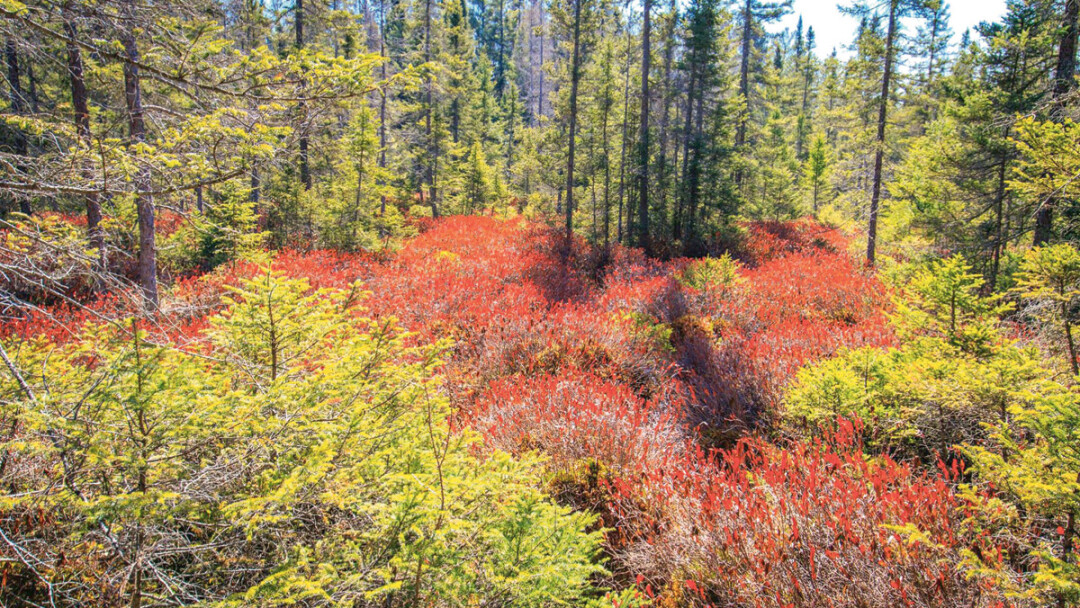What Made a Wisconsin Naturalist Want to Disappear?

The hermit had a name but no one knew it, or almost no one did. Francis Zirrer, an import from Yugoslavia, preferred it that way. All he wanted in the world, after all, was for the world to forget he was there.
By the 1930s, he and his wife took refuge in a cabin near Birchwood, far from society’s prying eyes. Their remote location provided unfettered access to nature’s grand displays, many of which Zirrer wrote of with great poeticism both in his private letters and his occasional articles: such as the return of the bitterns in the springtime, their “ghostly forms” croaking through the night; and the ravens, too, whose wing beats hummed like “an approaching storm” long before he ever saw them.
I can’t say for certain that Zirrer regretted giving up the birds, though maybe we can guess from what he did next: how for years that hermit retrieved a pole and worked tirelessly to knock their nests from the trees, desperate for the birds to retreat farther from men like him. Yet one day a family of rare Northern goshawks interrupted the Zirrers’ otherwise uninterruptible lives, nesting, for the first time in history, in Wisconsin.
Entranced by his discovery, Zirrer made the mistake of reminding the world he was there. In May of 1934 he sent word to Owen Gromme, a curator at the Milwaukee Public Museum, and soon after, Gromme and his assistant, Walter Pelzer, were leaving their boot prints behind on Zirrer’s land.
Observing the birds for themselves, the museum men became excited about the discovery. All they wanted in the world was for the world to know what had been found. Though Zirrer much preferred they leave the birds alone, he agreed to allow the men their photographs. However, the mother goshawk had other plans. As Pelzer climbed a nearby tree to clear some branches blocking their view, the mother bird beat him back until she could beat him back no more. They snapped their photos nonetheless and published them soon after.
I can’t say for certain that Zirrer regretted giving up the birds, though maybe we can guess from what he did next: how for years that hermit retrieved a pole and worked tirelessly to knock their nests from the trees, desperate for the birds to retreat farther from men like him.
Eventually, Zirrer and his wife were the ones to retreat, building another cabin in nearby Hayward, alongside a bog overrun with black spruce and tamarack trees.
In a letter to a friend, Zirrer described his new home, which he shared with “practically every land bird” in the region. “[A]t times,” Zirrer wrote, “their abundance is astonishing.”
Half a century later, a buddy and I visit the bog and come to a different conclusion. There are still birds, sure, but we are hardly astonished by their numbers. Though in truth, we aren’t there for the birds anyway, but for clues to Zirrer’s life.
Long story short, he left no clues behind – not of his life, at least. What we find, instead, is a motive for why a man might opt out of the world.
Entering the bog we’re greeted by a flyover courtesy of a pair of swans, and then, for the next half an hour or so, play tag with a couple of pine siskins. I try to imagine their flocks multiplied, further filled with swallows and waxwings and woodpeckers.
Though not all of these species make themselves known, this hardly prevent me from imagining that they’re there. The remnants of a time when a man could still slip off the map.
Halfway through our hike, it occurs to me that, I, too, want to live Zirrer’s wild life for a while; to lift my eyes from the screens to the skies to witness the return of bitterns, ravens, goshawks.
All I want in the world, I realize, is for the world to forget I am here.






















